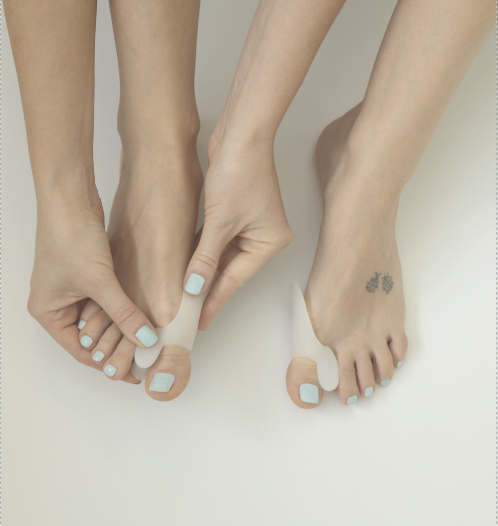Bunion: To Have Surgery or Not To Have Surgery?
Do you need a bunion surgery? That’s the question.
Hallux Valgus is the scientific term for a bunion, which refers to a disorder in which the big toe is angled towards the second toe.
Surgery for bunions commonly isn’t done unless you have previously tried other treatment and it did not get rid of your pain. Before surgery is considered, your healthcare provider may recommend first wearing comfortable, well-fitting footwear (particularly shoes that conform to the shape of the foot and do not cause pressure areas). He or she may also suggest using splints and orthotics (special shoe inserts shaped to your feet) to reposition the big toe and/or provide padding. For bunions caused by arthritis, medications may help lessen pain as well as swelling.
You may need bunion surgery if you have serious pain in the foot that occurs even when walking or wearing flat, comfortable shoes.
Different Stages of a Bunion
A – Grade 1 (no deformity)
B – grade 2 (mild deformity)
C – grade 3 (moderate deformity)
D – grade 4 (severe deformity)
Moreover, the type of surgical procedure performed be influenced by the severity of the bunion, your general health, age, activity level, and the state of the bones and connective tissue. Other factors may also influence the choice of a procedure used:
- Mild bunion. For this type of surgery, the surgeon may remove the enlarged portion of bone and realign the muscles, tendons, as well as ligaments surrounding the joint.
- Moderate bunion. For a moderate bunion, the doctor may cut the bone and shift it to its correct position. Whether or not the bone is cut depends on the location and severity of the deformity.
- Severe bunion. For a severe bunion, surgery may include removing the enlarged part of the bone, cutting and also readjusting the bone, and correcting the position of the ligaments and tendons.
- Arthritic bunion or big toe joint. If the joint is damaged beyond restoration, as is often observable in arthritis, it may then need to be fused. This lets the bones heal together and eliminate movement and pain.
Are you suffering from this condition or other foot problems? One of our podiatrist can assist and then recommend what nonsurgical treatments are best to get you back on track. ✅ At The Chelsea Clinic, we offer bunion treatment.
Schedule an appointment here or you may call us at +44 (0) 207 101 4000. 📞
We hope you have a feetastic day! 👣☀️
-The Chelsea Clinic and Team




